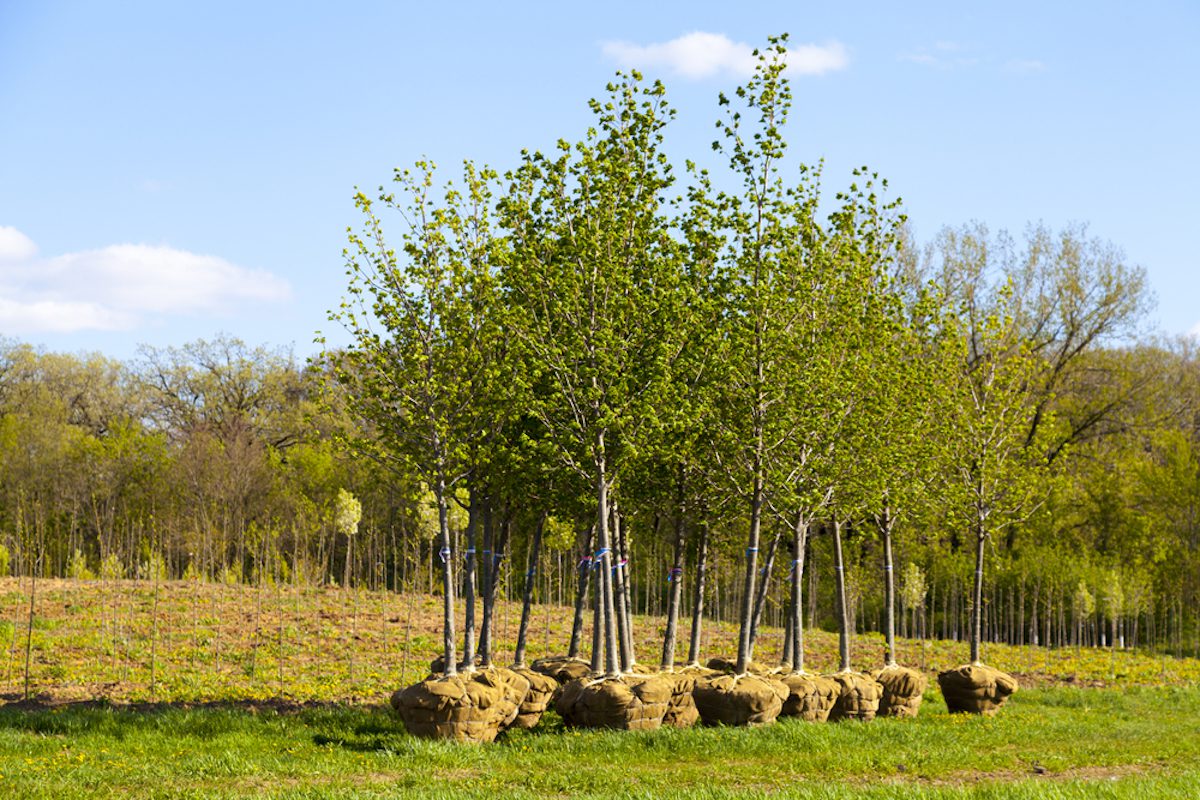
Tree-planting gained President Trump’s support in late January as a tool to fight climate change. But done wrong, it could hurt people and the environment, say the authors of a new paper from the University of Oxford, which provides much-needed clarity on the potential and challenges of this and other ‘nature-based solutions’.
The concept of nature-based solutions broadly refers to working with and enhancing nature to address major challenges, from climate change to biodiversity loss and poverty alleviation.
Over the past 12 months, nature-based solutions have gained huge traction in international policy, not least because of their potential to reduce trade-offs and promote synergies between environmental and societal concerns and among the Sustainable Development Goals.
Tree planting, whether through ecosystem restoration, reforestation or afforestation (planting a new area) is an example of a nature-based solution because trees help mitigate greenhouse gas emissions by removing and storing carbon dioxide from the air.
But, as the paper highlights, this reliance on forests has major practical and ethical concerns, from questions over the effectiveness of plantations to the opportunity for land grabs.
“With careful and equitable implementation, nature-based solutions can benefit both people and nature in a rapidly warming world,” explains Professor Nathalie Seddon, director of Oxford’s Nature-Based Solutions Initiative and lead author. “But it’s vital to get the message right about what good nature-based solutions look like.”
“At the moment, there is a lot of excitement about planting trees to absorb greenhouse gas emissions. But tree plantations can threaten natural habitats and often use only a single non-native species, and so have low biodiversity value and low resilience to any future shocks. They won’t provide the same benefits as allowing natural ecosystems to thrive. Good nature-based solutions are those that involve protecting the ecosystems we’ve still got, restoring those we’ve lost or damaged, and planting trees very carefully, making sure we plant the right species in the right places,”
“To get tree planting right, it’s crucial that policies and incentives are grounded in good science, work with – not against – the local ecosystem, and don’t compromise local or indigenous land rights.” added Dr Cecile Girardin one of the paper co-author’s at the Environmental Change Institute.
The paper, produced by researchers from Oxford’s Department of Zoology and Environmental Change Institute, provides a new framework to group nature-based solutions by their socioeconomic impacts: reducing exposure to the impacts of climate change such as flooding or heatwaves, reducing sensitivity to climate shocks through the diversification of landscapes, and supporting the capacity of communities to adapt.
It highlights examples of nature-based solutions beyond tree-planting including the establishment of wetlands to manage storm-water and flooding, and the restoration of mangrove forests and oyster reefs to protect coastal communities, agriculture and infrastructure from the impacts of storm surges and sea-level rise.
Yet major challenges and barriers remain to the implementation of nature-based solutions across the globe. Crucially, despite being recognised as a strategic priority for the United Nations, and many national governments including the UK, nature-based solutions are critically underfunded.
The authors stress that while nature-based solutions offer a complementary and synergistic approach to other climate change strategies, including engineered and technological approaches, they must not curtail or distract from the need for systemic change and decarbonization of the economy. Tree-planting, or any nature-based solution, must not become a way for companies or governments to keep burning fossil fuels.






